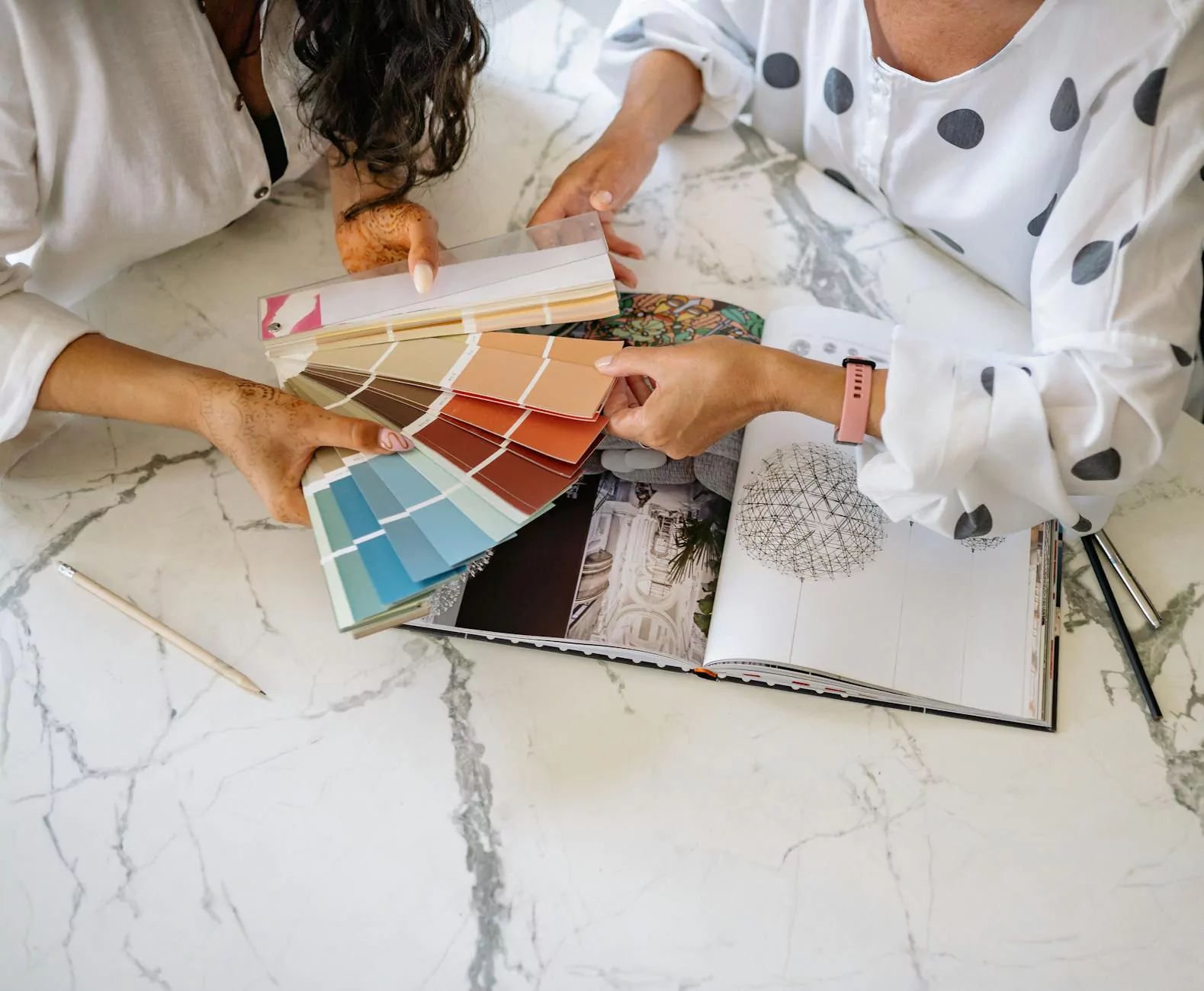Understanding Above the Fold in Web Design
Our Process
When it comes to web design, understanding what is above the fold on a website is crucial for creating a captivating and user-friendly online experience. The term "above the fold" originally comes from print newspapers, referring to the content visible on the top half of the front page, which is visible without any additional action from the reader.
What Does Above the Fold Mean on a Website?
In the digital realm, the concept of "above the fold" has evolved to describe the portion of a webpage that is visible without scrolling. This area is considered prime real estate as it is the first thing visitors see when landing on a website. Precisely defining the above-the-fold content can vary depending on the device screen size and resolution.
Optimizing Above the Fold for Better User Engagement
Designing your website with a focus on above the fold web content can significantly impact user engagement and conversion rates. Here are some key strategies for optimizing above-the-fold content:
- Compelling Headline: Capture the attention of visitors with a catchy and informative headline that communicates the essence of your brand or offering.
- Clear Call-to-Action (CTA): Include a prominent CTA button or link that directs users to take the desired action, such as making a purchase, signing up for a newsletter, or contacting your business.
- Visual Appeal: Use high-quality images, videos, or graphics that resonate with your target audience and visually enhance the above-the-fold section.
- Concise Copy: Keep the text succinct and impactful to convey your message effectively without overwhelming the visitor.
Importance of Above the Fold Web Design
Efficiently utilizing the above the fold space on your website can influence user behavior and perception significantly. A well-structured and visually appealing above-the-fold section can enhance brand credibility, encourage user interaction, and improve overall site navigation.
Page Fold on Your Website
Understanding the page fold on your website can help you strategically place essential elements to maximize user engagement. While the term "fold" may vary based on screen sizes and resolutions, aiming to strike a balance between engaging above-the-fold content and the rest of the page content is key.
Above-the-Fold Best Practices
Implementing the following best practices can help you create a compelling above-the-fold section that delivers a positive user experience:
- Mobile-Friendly Design: Ensure that your above-the-fold content is responsive and optimized for mobile devices to cater to a broader audience.
- Fast Loading Speed: Optimize images and multimedia elements to maintain fast loading times, preventing user frustration and bounce rates.
- Consistent Branding: Maintain consistency in branding elements such as color schemes, fonts, and messaging across the above-the-fold section and the entire website.
Enhance Your Above-the-Fold Experience
In conclusion, prioritizing the website above the fold area is essential for creating a captivating first impression and engaging visitors effectively. By implementing user-centric design principles and optimizing above-the-fold content, you can elevate your website's performance and drive desired outcomes for your business.



